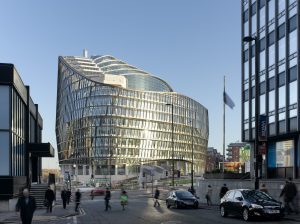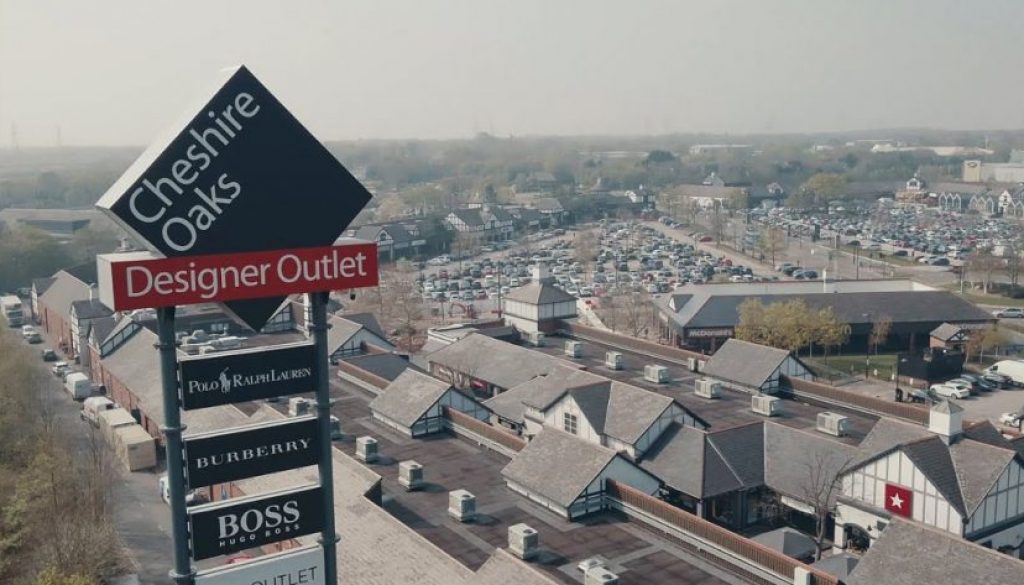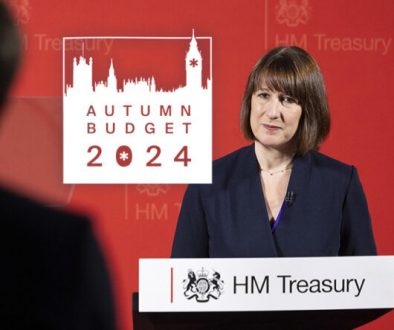In February 2022, the interest rate rise to 0.50% seemed dramatic yet underwhelming in comparison to historical rates such as in February 2000, when rates were set at 6.00%.
The current interest rate and with the predicted rate rises over the next 6 to 12 months remain very low in comparison to historic levels, but cannot be ignored.
The commercial property market started sluggish in Q1 2022 in comparison to Q4 2021, with a reduction in the number of transactions by around 50% and the average weighted yield increasing/softening from 5.32% (Q4 2021) to 6.73% in Q1 2022.
The transactional value in H1 2022 is up on H1 2021, despite the number of transactions being down significantly. The average weighted yield sharpened slightly in H1 2022, when compared to H1 2021.
Data for H1 2022 in the North West is shown below:
| Sector | Transactions | Total Value | Average Weighted Yield |
| Industrial | 39 | £505,300,000 | 5.20% |
| Office | 29 | £270,480,000 | 6.70% |
| Retail | 20 | £593,490,000 | 7.33% |
| Leisure | 10 | £107,120,000 | 7.20% |
| Total | 98 | £1,476,390,000 | 6.61% |
The H1 2022 investment statistics for the North West appears healthy, despite the slower Q1, in comparison to H1 2021, as shown below:
| Period | Number of Transactions | Total Value | Average Weighted Yield |
| H1 2021 | 161 | £1,264,420,000 | 6.79% |
| H1 2022 | 98 | £1,476,390,000 | 6.61% |
So, despite the speed of the interest rate hikes in 2022 from 0.50% in February through to 1.00% in May, 1.25% in June and 1.75% in August, the knock on effect has yet to be implemented through the investment market evidence. This is not to say that it will not, and with a pending 0.50% hike forecast in September, taking interest rates to 2.25%, this may start to impact Q3 and Q4 2022 transactional performance in the region and the wider country.
When reviewing the H1 2022 data for the North West investment market, the retail sector was the highest performing (£593.49m) when comparing the transactional values across the other main commercial sectors. This however was distorted, by the significant acquisition of Cheshire Oaks Retail Outlet at Ellesmere Port by LaSalle, at around £472m.
Personal finances and consumer spending levels may be set to drop with the rising cost of living, but we expect that higher yielding yet stable prime retail assets will provide a hedge against the rising costs of finance for some investors.

The sharper yields remain in the industrial sector, at an average weighted yield of 5.20% across 39 transactions. The notable transaction was the GMPF forward funding of Monarch 330, a development of a 328,000 sq ft warehouse project at Kingsway Business Park, Rochdale for £40m. GMPF continued their New Year healthy appetite with the acquisition of the 651,917 sq ft Vita Group’s Middleton HQ for £20.25m.
The industrial sector arguably looks to be the most resilient for the remainder of the year, with occupational take up breaking records and leading to an ever thinning supply of accommodation. With rising build costs, lag in planning and increasing prime land values to around £2.2m per acre, the investor appetite remains relatively strong for those rare available good quality industrial and logistics opportunities.
Offices will be an interesting sector over the coming months. M&G Real Estate, Schroders, Mayfair Capital, Forma Real Estate and Grosvenor were plucky buyers in H1 2022, and with in excess of £380m of office assets brought to market in the North West during H1 2022, it will be interesting to see which assets are traded over Q3 and Q4 2022 and at what levels. Possibly the winter fuel hikes could lead to some employees returning to the office for real wellness and to add more activity to office buildings in the region.

The ’uber’ prime investment assets that have traded at sub 5% are likely to be pushed out, if anything just by a negotiating tactic by cash buyers uninfluenced by lending and interest rates and lower savings accounts. Bond levels have increased therefore making the circa 3% assets look too vanilla right now, unless there is a positive reversionary uplift available to an asset.
Real estate however does provide a good investment return as a tangible asset, and by taking a medium to longer term hold strategy then rental growth or capital growth (or both) can be achieved.
Wildbrook CRE decided to ask some ‘friendly peers’ in the property industry what their thoughts are for the remainder of 2022, and here’s what they say:
Jason Baggaley (Deputy head of Real Estate Value Add Funds at ABRDN) – “The second half of 2022 is likely to provide opportunities for equity investors. In a period of rapid change and market uncertainty, good quality advice from experienced advisors will be essential to exploit value opportunities.”
Julian Carey (Managing Director of Industrials REIT) – “The investment market will be softer in H2 as investors soak up higher interest rates and risk premiums on commercial property. Good quality assets will remain liquid, but wider economic uncertainty is likely to impact upon secondary and tertiary asset values where perceived downside risk is greater. Occupier demand for industrial property remains robust and is likely to support asset values in the short to medium term.”
David Lathwood (CEO of Pitalia Real Estate) – “ For the first time in a while, the industry will come back from the summer break not really knowing what will happen next. We can expect a further softening of yields across the key sectors (with the exclusion of BTR), but the extent of this shift is hard to calculate. Some of it has already been priced in, but with interest rates likely to move again by 50bps before the end of the year, we expect some surprises. In real estate, confidence is everything and debt based investors will find it tricky in H2 2022 and H1 2023”.
Alex Russell (MD of Property Alliance) – “It has been an understandably slow start to H2 2022 as investors are sat on cash to invest, but are using summer as an excuse to take stock and wait to pounce. We expect a flurry of activity in Q4 2022 as there will be an inevitable correction in pricing in both the office and industrial sectors, with residential (particularly BTR) continuing to thrive.”
Mark Hawthorn (CEO of Landmark Group) – “Rates are rising, prices will soften – lots against the market and not much for. This also means buying opportunities for the more experienced operators.”
Phil Mayall (Regional Director at Muse and ECF Board Director) – “We are undoubtedly moving in to a period of significant headwinds. However, experience dictates that now more than ever is the time to hold your nerve and prepare for the time when the headwinds settle.”
Guy Butler (Co-Founder of Glenbrook Property) – “H1 has seen limited stock buying opportunities, and those that did come to market, were generally overpriced in our opinion. The transition in to H2 saw more stock arrive on the market, and some of it pricing in some value, and whilst we think this will continue to end 2022 and in to 2023, a lot of the market are telling us the market will return in September, and the back to school feeling some people have.”
The following next 4 months from the end of August until the end of 2022 will be an interesting period of time. Sales may be stalled due to rising debt costs, so it is unclear if the ‘opportunities’ will arise in the numbers that are hoped for. The post summer period is always a good one as there is then just one target ahead (Christmas) to ‘get things done’ by.
There is clear reason for yield softening in certain sectors, with finance cost rises, operational cost rises and the decrease in overall consumer confidence. ESG credentials are key to decision making on assets now and with the upcoming April 2023 EPC requirements this adds to the ‘E’ of the ESG as possible negotiating for developers and investors alike over the next 6 months.
At present it feels like summer has been the reasonable alibi for investors to stand at the edge of the pool and not dip their toe into the water to check the temperature, but in fact there are all of the above variables to create that ambiguous standing position.
Assessing the fundamentals of real estate continues to be the heartbeat of most investment decisions and this should always remain. At Wildbrook we look to undertake a forensic level of due diligence to fully understand the real estate and the tenant(s) that make up an investment opportunity. Over the remainder of 2022 this will be no different from our perspective, and will be so important for our clients.
We aim to add value for our loyal investor clients, which in turn will bring repeat business and longevity in what we do.
Please feel free to get in touch to discuss your requirements to acquire or sell commercial real estate, or to have a general catch up. Always available.




